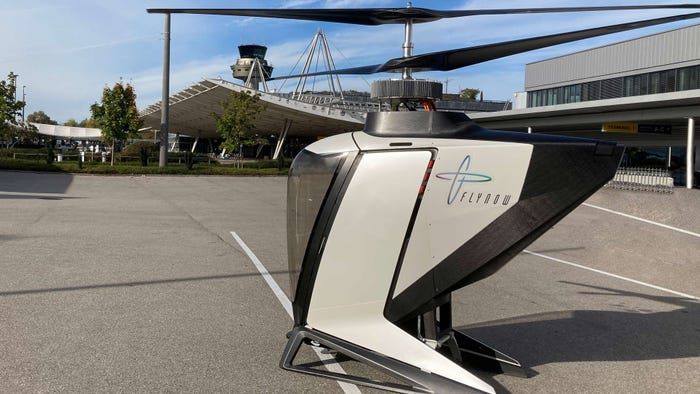
Nvidia has become the most valuable company in the world after its market capitalization grew to $3.34 trillion, overtaking Microsoft at $3.32 trillion.
Nvidia shares ended trading on June 18 at $136 per share, a 3.5% increase. Since the beginning of 2024, Nvidia’s stock price has surged by more than 170%.
Last June, the company’s shares were worth $43.05 at a volume of 55 million. Following a recent 10-for-one stock split, there are 294 million shares with investors jumping at the chance to snap up shares for a company on the rise.
Enthusiasm for Nvidia’s stock comes as the company announced it was shifting to a year release schedule, launching new GPUs every year including updated versions of its Blackwell and new Rubin chips
Founded in 1993, Nvidia began life designing PC chips for video game graphics. Some three decades on, it now specializes in hardware to power AI workloads, with some of the biggest companies in the world targeting its GPUs to power their AI projects.
Demand for its GPUs has been intense, with the company having shipped 900 tons of AI chips in just one quarter of 2023.
Nvidia’s stock growth is also increasing founder and CEO Jensen Huang’s net worth.
Huang owns a 3% stake in Nvidia and plans to sell up to 600,000 common stock shares by March 2025, according to recent securities filings. With the company’s stock continuing to rise, his stake in the company could be worth $119 billion, near the $123 billion fortune of former Microsoft CEO Steve Ballmer, placing him firmly among the richest men in the world.
The market cap for the richest companies in the world has fluctuated greatly in recent weeks. Nvidia’s hold on the number two spot was short-lived after Apple share prices soared in reaction to its AI announcements at the company’s recent Worldwide Developer Conference.
Nvidia is due to hold a stockholder meeting on June 26. In a message published in May ahead of that meeting, Huang said 2024 was a “watershed moment” for the company and expects more to come.
“We can expect unbelievable technology breakthroughs from next-level LLMs and generative AI across many industries, from digital biology to robotics,” Huang wrote. “You’ll want to see what’s coming.”
This article first appeared in IoT World Today's sister publication AI Business.
About the Author
You May Also Like
.jpg?width=100&auto=webp&quality=80&disable=upscale)
.jpg?width=400&auto=webp&quality=80&disable=upscale)
.jpg?width=700&auto=webp&quality=80&disable=upscale)





